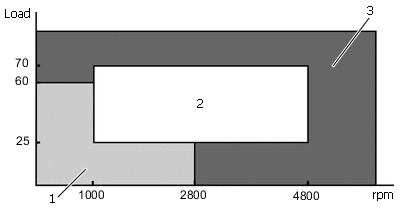Good morning, long time reader, first time poster. I’m curious as to whether anyone has any insight regarding the Camry 2.5 A25A (2022 Camry SE 2.5 Awd) engine in regard to fuel dilution. The engine is both direct and port injected.
I also am curious as to everyone’s opinion regarding viscosity selection in relation to vehicle usage, ambient temp, and of course fuel dilution; which is the main point of this thread. I recently purchased the vehicle for my wife. She will likely start it and drive away in the summer, or let it idle for 20 minutes in the winter, in addition to being heavy on the gas between stop signs and lights. This car will see both city and highway usage and I am located in southwestern PA for temperature reference. The vehicle specs 0w16 and I purchased it with 40k miles and Carfax reported 10k OCI at the dealer who may or may not have used a 16 or 20 weight (would assume 0w20 bulk but cannot be sure). I do not want to run a 16 or 20 weight given the vehicle will be operated at higher speeds and under load which meets Toyotas criteria for increased viscosity usage; however, not clearly defined. I spoke with David from HPL to pick his brain and he inquired about this engines fuel dilution as I was leaning toward 0w30 premium plus (don’t really need a 0w in my temp zone but liked the hths of 3 and the fact that it’s not as large of a jump from 0w16 as say a thicker 30 may be) or use the 5w30 no VII. In turn, I’m posting this to gain some input from you guys regarding this question. Oil change intervals would likely be 7500+, circumstance permitting, after the initial 4K run with whatever HPL I choose. I searched for this info prior to posting and only found a few threads and one informative post which had a 0w16 uoa showing minimal fuel dilution for this motor. Thanks for your time!
PS. I run HPL 5w30 pcmo in my Tundra (178k miles) and in the first 300 miles of use it all but eliminated my timing chain tensioner “clacking” that occured about 6 minutes into idling and then subsided once warm.


